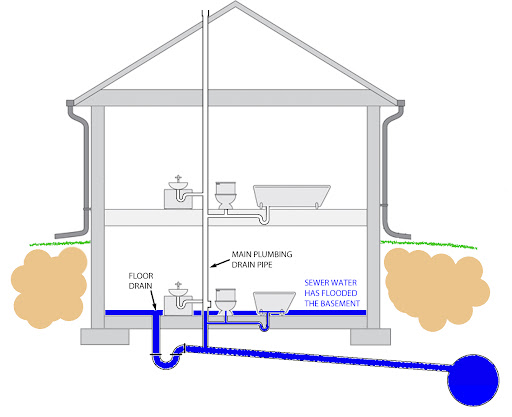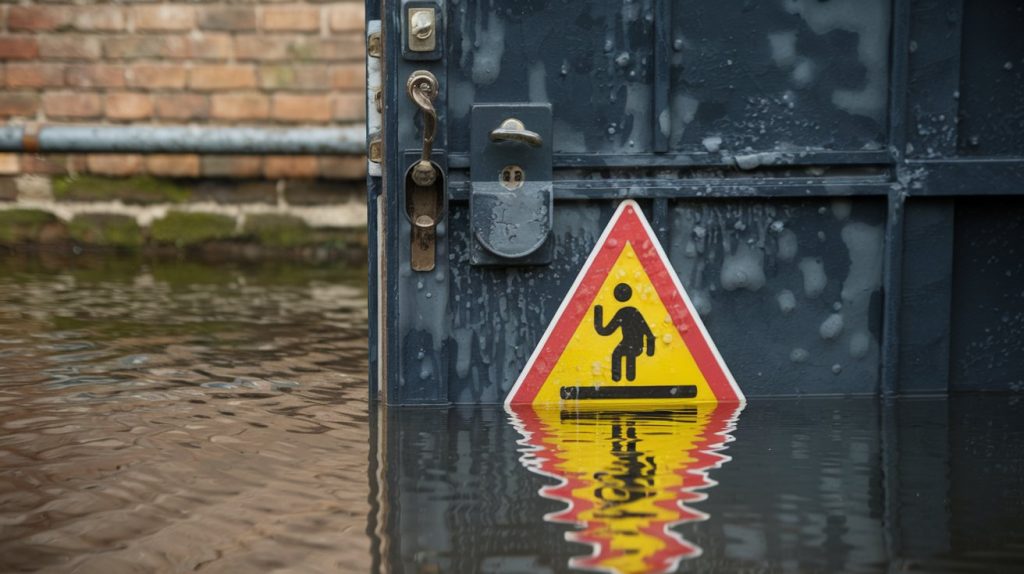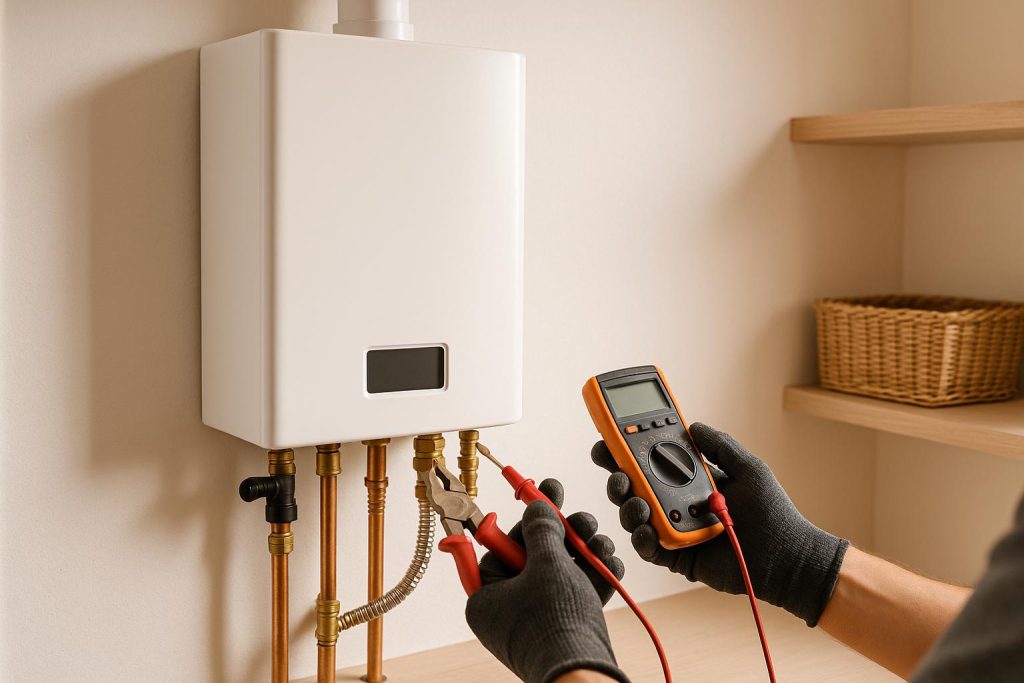When a sewage backup in basement happens, it’s more than just a plumbing issue; it’s a serious health hazard and can damage your home fast. Most of the time, the cause is a clogged main sewer line that prevents waste from draining properly.
What Causes Sewage to Back Up in the Basement
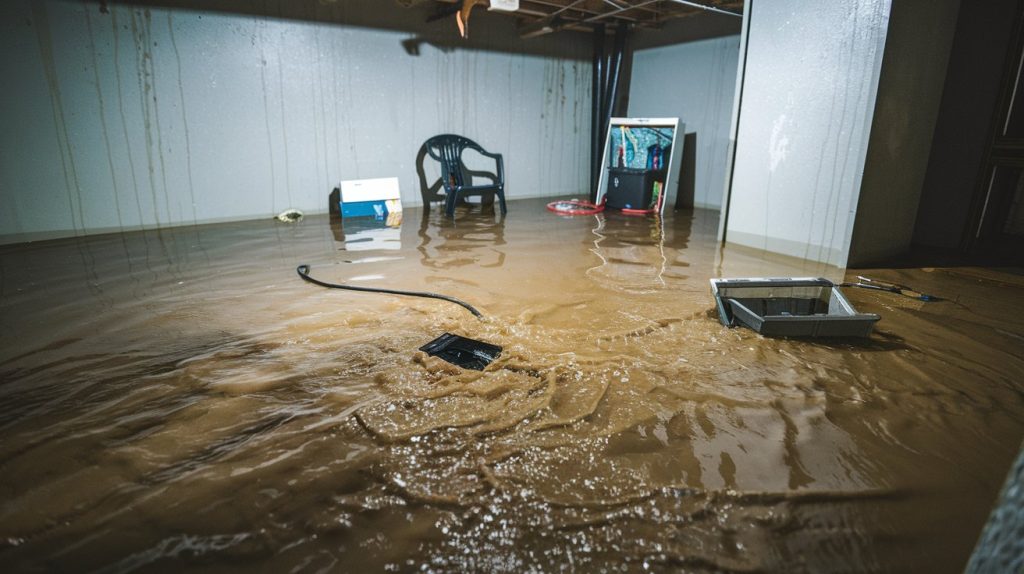
1. Clogged Sewer Line
When non-flushable items, such as wipes, sanitary products, or grease, are sent down the drain, they accumulate over time and block the line.
2. Tree Roots in the Sewer Line
Tree roots seek out moisture and easily slip into tiny cracks in older pipes, growing and eventually blocking the line.
3. Damaged or Collapsed Pipes
Aging clay or cast iron pipes can crack, collapse, or shift, creating blockages underground that force sewage back into your home.
4. Heavy Rain or Flooding
Stormwater can overwhelm municipal sewer systems. If the system backs up, sewage may come up through your basement floor drain.
5. Blocked City Sewer Line
Sometimes, the issue is beyond your home. If the city’s sewer system is clogged, the backup can push into multiple homes in the area.
What to Do Immediately
If you’re currently facing a sewage backup in basement, act fast. Stop using all water in the home and shut off the main valve to prevent things from getting worse.
1. Stop Water Usage
Turn off the main water valve. No showers, no flushing, no washing, every drop adds to the problem.
2. Cut the Power if Water is Present
If water has risen, especially near outlets or appliances, switch off the power to the basement.
3. Keep Everyone Away
Avoid any contact with sewage water. It contains harmful bacteria and should be treated as a biohazard.
4. Call a Licensed Plumber
This is not a DIY moment unless you’re fully prepared. A professional will assess the blockage and recommend the safest fix.
Understanding Your Sewer System
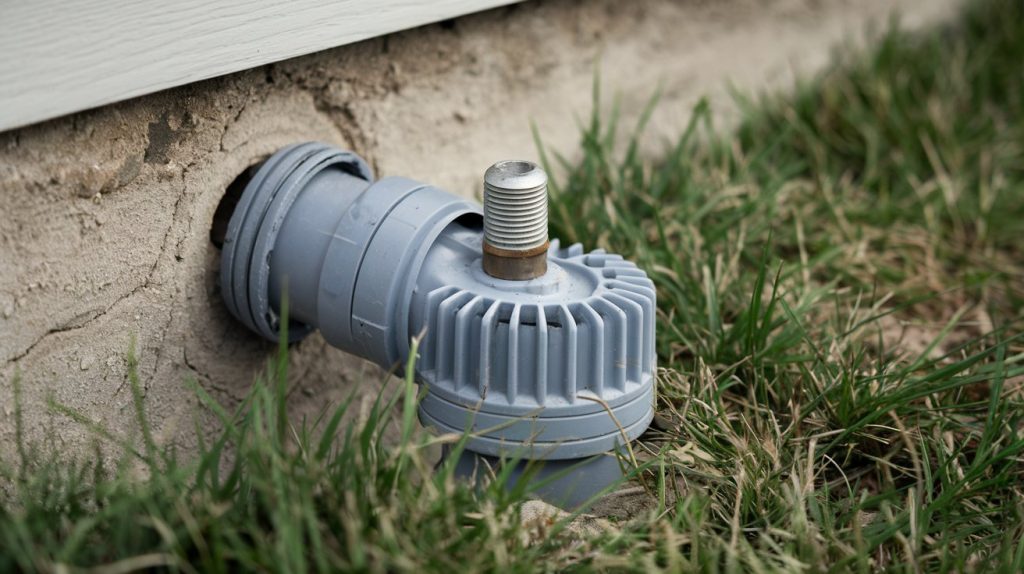 Each drain in your home connects to a vertical stack. That stack connects to a main horizontal sewer line that exits your home and joins the municipal system. When the clog is in your house, you may notice only one or two fixtures backing up. But if everything, especially in the basement, is affected, it points to a deeper problem in the main sewer line.
Each drain in your home connects to a vertical stack. That stack connects to a main horizontal sewer line that exits your home and joins the municipal system. When the clog is in your house, you may notice only one or two fixtures backing up. But if everything, especially in the basement, is affected, it points to a deeper problem in the main sewer line.
How to Fix a Sewer Backup (If You’re Doing It Yourself)
1. Find the Sewer Cleanout
Look for a capped pipe either inside the basement or just outside your home. It gives direct access to the sewer line.
2. Remove the Cleanout Cap Carefully
Use a wrench to unscrew the cap slowly. Release pressure gradually to avoid splashing.
3. Use a Motorized Drain Snake
Rent one with interchangeable blades. Start small and work your way up until the blockage is cleared. Note: If you don’t have a cleanout, you can access the main line from the toilet drain (after removing the toilet) or from the plumbing vent on the roof.
Cleaning Up After a Basement Sewage Backup
Once a sewage backup in basement is under control, cleaning becomes the next priority. Use proper disinfectants and safety gear to avoid contamination and further risk.
Once the line is clear, you must sanitize the area.
- Remove standing water with a wet vac or old towels.
- Trash anything that touches the sewage and can’t be salvaged.
- Wash all surfaces with hot, soapy water.
- Disinfect using a bleach solution (1 cup bleach to 1 gallon of water).
- Dry everything thoroughly to prevent mold.
How to Prevent Future Sewage Backups
1. Watch What You Flush
Stick to toilet paper and human waste, nothing else.
2. Avoid Pouring Grease Down the Drain
Grease hardens in the pipes and causes serious blockages.
3. Keep Trees Away from Sewer Lines
Roots are one of the most common reasons for recurring blockages.
4. Get an Annual Inspection
A drain specialist can check your line with a camera and spot issues early.
5. Upgrade to Plastic Pipes
If you’re renovating, consider replacing old clay or cast iron pipes with durable PVC. 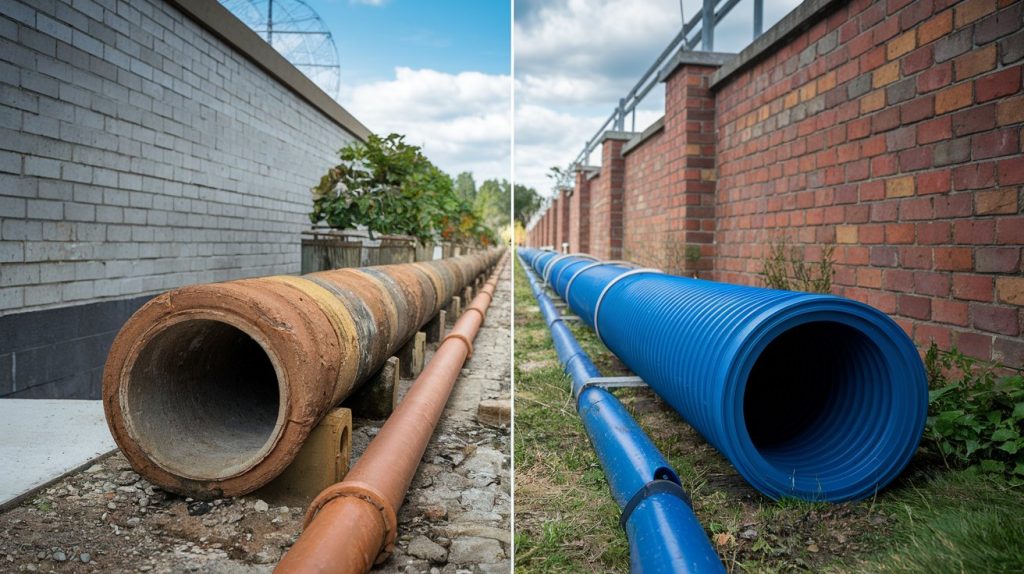
Call Your Insurance Company
If you’ve got coverage for sewer backups, report the issue right away. Document everything, including photos, damage, and receipts, for the claim process.
Final Thoughts
A sewage backup in basement isn’t just a messy inconvenience; it can damage your home, ruin belongings, and pose serious health risks. But when you know exactly how to respond, clean up safely, and take the right steps to prevent it from happening again, you regain control and protect your home from future disasters.


